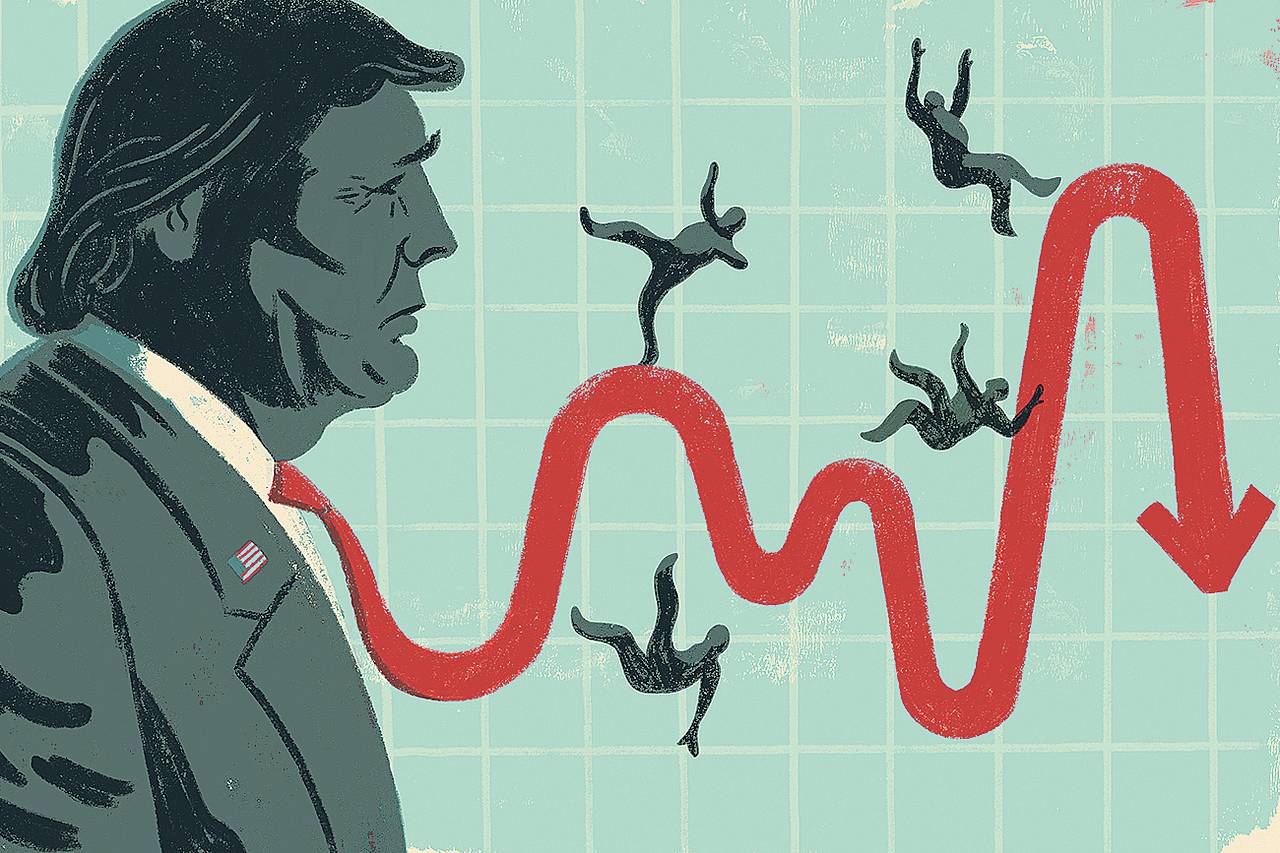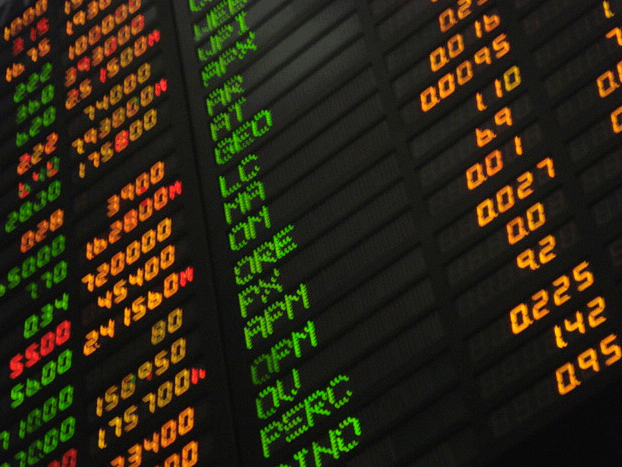The Producer Price Index (PPI) is a gauge of the prices of physical goods at the level of producers or wholesalers. It is a weighted index that includes all the goods manufactured and produced in the US, and until 1978 it was known as the Wholesale Price Index.
What is PPI made up of?
PPI is made up of price data obtained from three stages in the manufacturing cycle:
- PPI Commodity Index (aka PPI crude) – this shows prices for raw materials such as scrap steel, coal, and crude oil.
- PPI Stage of Processing Index (aka SOP) – This shows prices for goods that are at the intermediate stage of production, that will be then be sold to producers in order to make a finished product.
- PPI Industry Index – This shows prices for goods that are at the final manufacturing stage, and this is the source of the core PPI figure.
PPI is based on a basket of goods which has been fixed since 1982, at which point it started with a value of 100 as a benchmark for future increases or decreases. The number is released every month, usually 15 days after the end of the month that it covers.
Why is PPI important to forex traders?
As a leading indicator for inflationary trends, PPI is used by the US Federal Reserve to assess inflation at the wholesale level, and adjust interest rates accordingly. This is why it can have such a big impact on the value of the US dollar.
Also, as wholesale prices increase, the costs of these are usually passed on to consumers, with a corresponding rise in the Consumer Price Index somewhere along the line – and this could prompt the Fed to raise interest rates to compensate.
In the event that the PPI number comes out above the consensus, this will push the value of the US dollar higher against other currencies. This is because rising prices at the wholesale level tend to indicate an increased demand on the consumer level, as well as pointing towards potential rises to the interest rate.
However, if the number comes out lower than the consensus, the dollar will tend to fall in value against other currencies due to a reduction in inflationary pressures.
Tradersdna is a leading digital and social media platform for traders and investors. Tradersdna offers premiere resources for trading and investing education, digital resources for personal finance, market analysis and free trading guides. More about TradersDNA Features: What Does It Take to Become an Aggressive Trader? | Everything You Need to Know About White Label Trading Software | Advantages of Automated Forex Trading









































